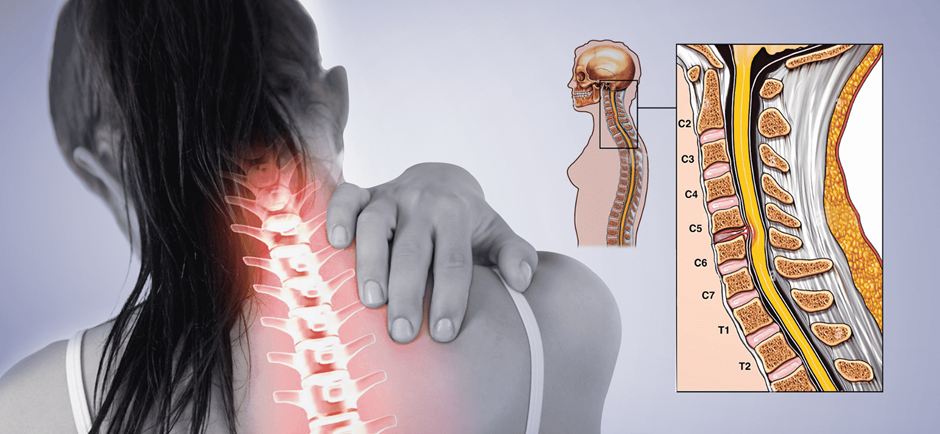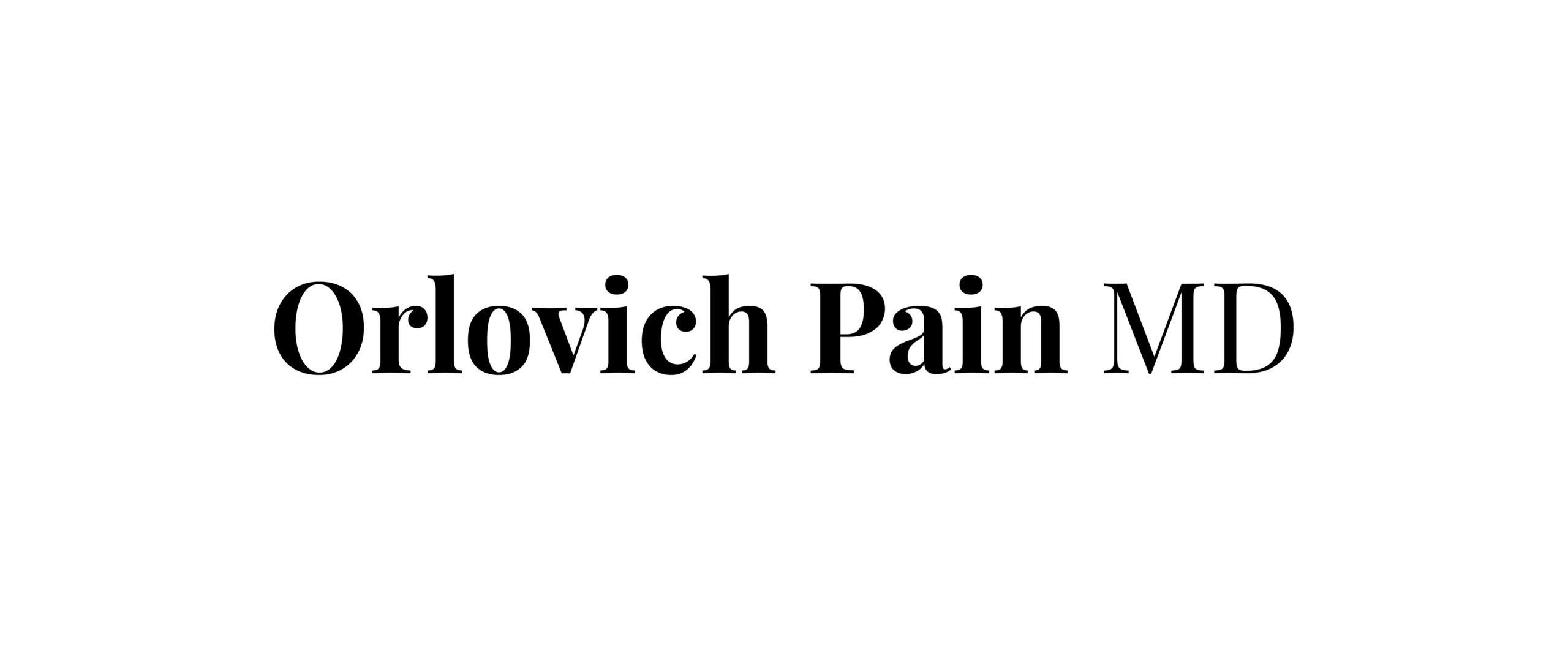Welcome to our comprehensive guide on Understanding Bulging Discs: Causes, Symptoms, and Treatment Options. The human spine is a marvel of engineering, providing support and flexibility, but it is not immune to wear and tear. Among the common spinal issues, a bulging disc can be a source of discomfort and concern. In this blog post, we delve into the intricacies of bulging discs, unraveling the mysteries behind their causes, deciphering the subtle signs and symptoms, and exploring a spectrum of treatment options.

Definition of a Bulging Disc
A bulging disc occurs when the outer layer of a spinal disc weakens, causing it to extend beyond its normal boundary. These discs act as cushions between the vertebrae, and when they bulge, they may press on nerves, leading to various symptoms. It’s essential to understand the anatomy of the spine to grasp how a bulging disc can impact overall spinal health.
Importance of Understanding Causes, Symptoms, and Treatment Options
Understanding the causes, symptoms, and treatment options for bulging discs is crucial for making informed decisions about one’s health. By comprehending the factors contributing to a bulging disc and recognizing the associated symptoms, individuals can proactively seek appropriate medical guidance and explore treatment avenues, ultimately improving their quality of life.
Causes of Bulging Discs
Aging and Degeneration
As the body ages, spinal discs naturally undergo wear and tear. This degeneration can weaken the discs, making them more susceptible to bulging. Exploring the relationship between aging and disc health helps individuals appreciate the importance of proactive measures to maintain spinal well-being.
Trauma or Injury
Trauma or sudden injuries, such as those resulting from accidents or falls, can directly impact the integrity of spinal discs. Understanding the role of trauma in the development of bulging discs underscores the significance of prompt medical attention and rehabilitation after injuries.
Poor Posture and Body Mechanics
Poor posture and improper body mechanics, especially during activities like lifting, can strain the spine and contribute to the development of bulging discs. Educating readers about the connection between lifestyle habits and spinal health emphasizes the need for preventive measures and mindful movements.

Symptoms of Bulging Discs
A. Back Pain
Back pain is a hallmark symptom of a bulging disc. Exploring the various types of back pain associated with this condition, such as localized discomfort or more widespread pain, provides readers with a comprehensive understanding of what to look for.
B. Numbness or Tingling
Numbness or tingling sensations often accompany a bulging disc, indicating nerve compression. Delving into the specifics of these sensations and their potential locations on the body helps readers recognize and differentiate these symptoms from other issues.
C. Muscle Weakness
Muscle weakness can result from nerve compression caused by a bulging disc. Explaining how this weakness manifests and its impact on daily activities emphasizes the functional aspects of living with a bulging disc.
D. Radiating Pain
Radiating pain, where discomfort extends from the site of the bulging disc to other areas of the body, is another common symptom. Detailing the nature of radiating pain helps readers identify and communicate their symptoms more effectively to healthcare professionals.

Diagnosing Bulging Discs
A. Medical History
A thorough medical history is crucial for diagnosing bulging discs. Discussing the types of questions healthcare professionals may ask helps readers prepare for medical consultations and ensures accurate diagnosis and tailored treatment plans.
B. Physical Examination
Healthcare providers conduct physical examinations to assess symptoms and neurological function. Explaining the components of a physical examination sheds light on how healthcare professionals identify signs of a bulging disc.
C. Imaging Tests (MRI, CT Scan)
Imaging tests, such as MRI or CT scans, play a pivotal role in confirming a diagnosis of a bulging disc. Describing these tests and their significance provides readers with insight into the diagnostic process and the visualization of spinal structures.
Treatment Options
Conservative Approaches
1. Physical Therapy
– Physical therapy focuses on exercises and techniques to strengthen the spine, improve flexibility, and alleviate symptoms. Illustrating specific exercises and their benefits guides readers in incorporating physical therapy into their treatment plans.
2. Medications for Pain Management
– Medications play a role in managing pain associated with bulging discs. Discussing common medications, their uses, and potential side effects empowers readers to make informed decisions in consultation with healthcare professionals.
3. Lifestyle Modifications
– Lifestyle modifications, including adjustments to daily activities and habits, contribute to symptom alleviation. Offering practical tips for incorporating these changes into daily life enhances the effectiveness of conservative approaches.
Interventional Procedures
1. Epidural Steroid Injections
– Epidural steroid injections target inflammation and provide relief from pain. Describing the procedure, its benefits, and potential outcomes helps readers understand this interventional approach.
2. Physical Rehabilitation Programs
– Specialized rehabilitation programs aim to address specific issues related to bulging discs. Highlighting the structure and goals of these programs encourages readers to consider them as part of their comprehensive treatment plans.
Surgical Interventions
1. Discectomy
Discectomy involves the surgical removal of part or all of a bulging disc. Explaining the procedure, its indications, and potential risks enables readers to make informed decisions about surgical interventions.
2. Microdiscectomy
– Microdiscectomy, a minimally invasive surgical option, offers targeted relief for specific issues with a bulging disc. Detailing the advantages of this approach provides readers with insights into less invasive surgical options.
3. Spinal Fusion
– Spinal fusion stabilizes the spine, particularly when multiple discs are involved. Describing the goals and potential outcomes of spinal fusion surgery helps readers understand its role in comprehensive treatment.
Lifestyle Changes to Manage Bulging Discs
A. Exercise and Stretching
Regular exercise and stretching play a vital role in managing bulging discs. Providing specific exercises and stretches, accompanied by proper techniques, empowers readers to incorporate these practices into their daily routines for ongoing spinal health.
B. Ergonomic Adjustments
Ergonomic adjustments in daily activities and work environments contribute to long-term spine health. Offering practical tips for creating ergonomic spaces and habits ensures readers can make sustainable changes to prevent further strain on their spine.
C. Weight Management
Maintaining a healthy weight reduces stress on the spine and mitigates the risk of recurrent disc issues. Explaining the connection between weight management and spinal health encourages readers to consider this aspect as part of their overall well-being.
Preventive Measures
A. Proper Lifting Techniques
Proper lifting techniques are essential in preventing disc-related injuries. Providing step-by-step guidance on lifting safely ensures readers can integrate these techniques into their daily lives, reducing the risk of trauma to the spine.
B. Core Strengthening Exercises
A strong core supports the spine and helps prevent issues like bulging discs. Detailing specific core-strengthening exercises and their benefits encourages readers to prioritize core fitness as a preventive measure.
C. Regular Physical Activity
Regular physical activity maintains overall spine health. Stressing the importance of staying active, even in non-intensive ways, reinforces the connection between an active lifestyle and preventing bulging discs.
Case Studies or Personal Stories
A. Real-life Experiences with Bulging Discs
Sharing real-life experiences provides readers with relatable narratives. These case studies, while anonymized, offer insights into the challenges individuals face, fostering empathy and understanding among readers.
B. Lessons Learned and Coping Strategies
Extracting key lessons and coping strategies from shared experiences empowers readers with practical insights. By learning from others’ journeys, individuals can gain valuable perspectives on managing and coping with the challenges posed by bulging discs.

FAQs
Here’s a list of common questions and their answers related to understanding bulging discs: causes, symptoms, and treatment options.
What is a bulging disc?
A bulging disc occurs when the outer layer of a spinal disc weakens, causing it to extend beyond its normal boundary. This can lead to compression of nearby nerves and result in various symptoms.
What causes a bulging disc?
Bulging discs can be caused by factors such as aging and degeneration, trauma or injury, and poor posture and body mechanics.
What are the symptoms of a bulging disc?
Common symptoms include back pain, numbness or tingling, muscle weakness, and radiating pain that may extend to other parts of the body.
How is a bulging disc diagnosed?
Diagnosis typically involves a combination of a medical history review, physical examination, and imaging tests such as MRI or CT scans.
Can a bulging disc heal on its own?
In some cases, conservative treatments and lifestyle modifications may help alleviate symptoms, allowing the disc to heal over time. However, severe cases may require more intervention.
Conclusion
Concluding by emphasizing how knowledge empowers individuals underscores the proactive role readers can play in their spinal health. By arming themselves with information on causes, symptoms, and treatment options, readers are better equipped to make informed decisions and actively participate in their well-being.
Crafting a comprehensive blog post on understanding bulging discs requires a balance of informative content, practical advice, and empathetic storytelling. This structure aims to guide readers through a journey of awareness, education, and empowerment, fostering a deeper understanding of bulging discs and encouraging proactive steps toward spinal health.
References
- [https://www.aans.org/en/Patients/Neurosurgical-Conditions-and-Treatments/Spinal-Disorders]
- [https://www.ninds.nih.gov/Disorders/Patient-Caregiver-Education/Fact-Sheets/Low-Back-Pain-Fact-Sheet]
- [https://www.who.int/news-room/questions-and-answers/item/musculoskeletal-conditions]
- (https://www.who.int/news-room/questions-and-answers/item/musculoskeletal-conditions)
- (https://orthoinfo.aaos.org/en/diseases–conditions/spinal-stenosis/)
- [https://orthoinfo.aaos.org/en/diseases–conditions/spinal-stenosis/]






